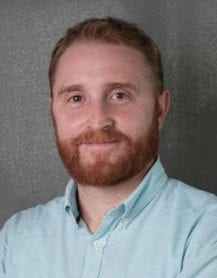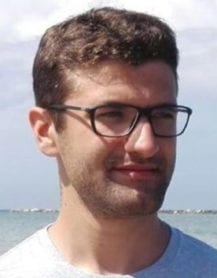Title
Anomaly Detection in Images
Abstract
Anomaly detection problems are ubiquitous in engineering: the prompt detection of anomalies is often a primary concern, since these might provide precious information for understanding the dynamics of a monitored process and for activating suitable countermeasures. In fact, anomalies are typically the most informative regions in an image (e.g., defects in images used for quality control). Not surprisingly, detection problems have been widely investigated in the image processing and pattern recognition communities, and are key in application scenarios ranging from quality inspection to health monitoring.
The tutorial presents a rigorous formulation of the anomaly-detection problem that fits with many imaging scenarios and applications. The tutorial describes, by means of illustrative examples, the most important anomaly-detection approaches in the literature, and their connection with the machine-learning perspective of semi-supervised and unsupervised learning/monitoring. Special emphasis will be given to anomaly-detection methods based on learned models, which are often adopted to handle images and signals. tIn particular, these will be divided into traditional models (including autoencoders, learned projections and dictionaries yielding sparse representations) and deep learning models (including CNNs, deep-one-class classifiers and deep generative models).
The tutorial is accompanied by various examples from our research projects where we applied anomaly-detection algorithms to solve real world problems: visual quality inspection for monitoring chip and nanofiber production.
Speakers

Giacomo Boracchi is an Associate Professor of Computer Engineering at Dipartimento di Elettronica, Informazione e Bioingegneria of the Politecnico di Milano, where he also received a Ph.D. in information technology (2008), after graduating in Mathematics (Università Statale di Milano, 2004). His research interests concern image processing and machine learning, and in particular image restoration and analysis, change/anomaly detection, domain adaptation. Since 2016 he has been teaching PhD courses concerning image processing and classification in Politecnico di Milano and Tampere University of Technology (Finland).
Since 2015 he is leading industrial research projects concerning algorithms for X-ray inspection systems for airport security (the algorithm developed with Gilardoni Raggi X has passed European standard C1 for baggage inspection), and automatic quality inspection systems for monitoring silicon wafer production (the system developed with STMicroelectronics is currently analyzing wafer production over different sites).
He has published more than 70 papers in international conferences and journals and he is currently associate editor for IEEE Transactions on Image Processing and IEEE Computational Intelligence Magazine. In 2015 he has received an IBM Faculty Award, in 2016 the IEEE Transactions on Neural Networks and Learning Systems Outstanding Paper Award and in 2017 the Nokia Visiting Professor Scholarship.
He held tutorials in major IEEE conferences: ICASSP 2018 and IJCNN 2017, 2018.

Diego Carrera graduated Mathematics at Università degli Studi di Milano in 2013 and received a Ph.D. in Information Technology in 2018. In 2015 he has been visiting researcher at the Tampere University of Technology. Currently he is an Application Development Engineer at STMicroelectronics, where he is developing a quality inspection system to monitor the wafer production. His research interests are mainly focused on unsupervised learning algorithms, in particular change detection in high dimensional datastreams, anomaly detection in signal and images and domain adaptation.

